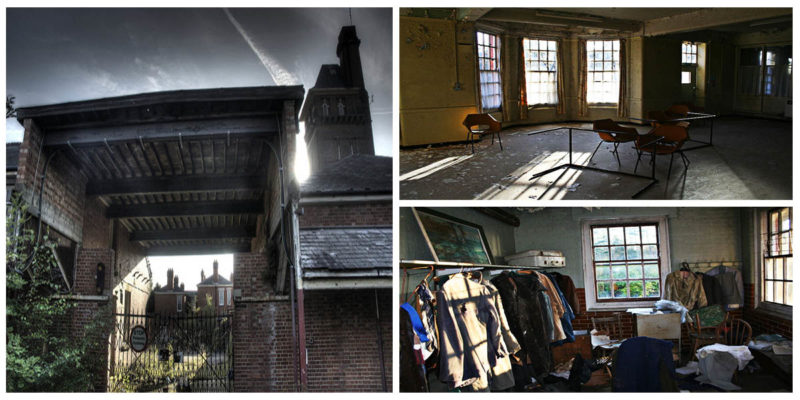Known as mental asylums or simply asylums, these mental hospitals or psychiatric wards are specialized in the treatment of serious mental illness. The types of ailments can range from clinical depression all the way to schizophrenia and bipolar disorder.
One such place was West Park the Hospital or the West Park Asylum as it came to be known. It is located in Epsom, a market town in Surrey, England. It takes its name from the landscaped parkland that once belonged to the nearby Horton Manor, a building that itself was transformed into the Manor Hospital mental facility.
In 1888, London City Council (LCC) was set up as the new local government body for the county of London. Charged with responsibility for care of the mentally ill, the LCC undertook a review of existing facilities. There were clearly not enough beds to meet demand and so it was decided to build a group of new hospitals that would provide patients with peace and space during their treatment. Horton Manor Estate, located 15 miles from the center of London city, was purchased in 1896.
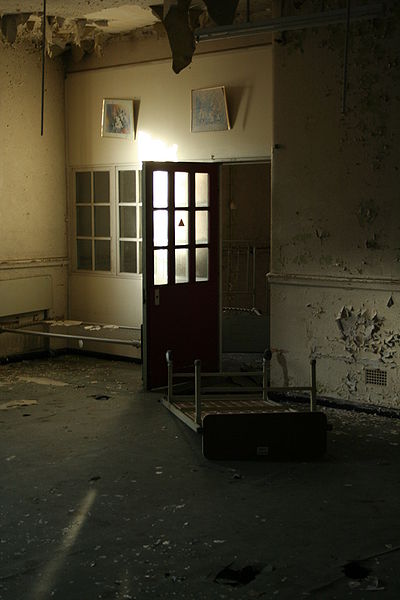
It was intended to build six hospitals on the 1060 acre site, with the financial advantage that many facilities, such as the boiler house, utility supplies, cemetery, and storehouses, could be shared by them all.
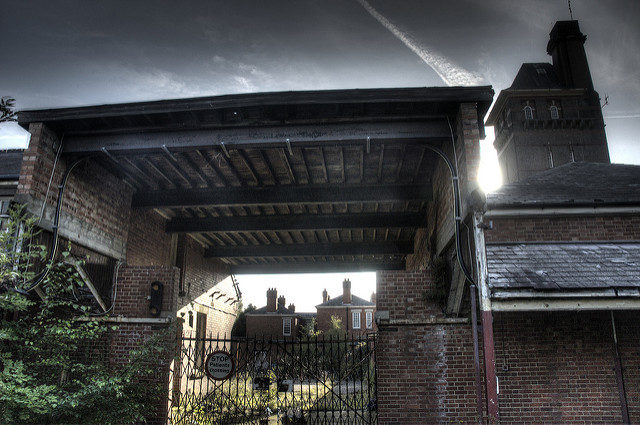
West Park Hospital was the fourth to be built of the five hospitals that would become known as the Epsom cluster. It was never officially labeled as an asylum, but people would refer to it as West Park Asylum, and the label has stuck.
Plans for the hospital, designed by architect to London County Council William C. Clifford-Smith, were started in 1906. As well as West Park, he was also the man behind the designs of other local mental hospitals such as St Ebba’s and The Manor Hospital.
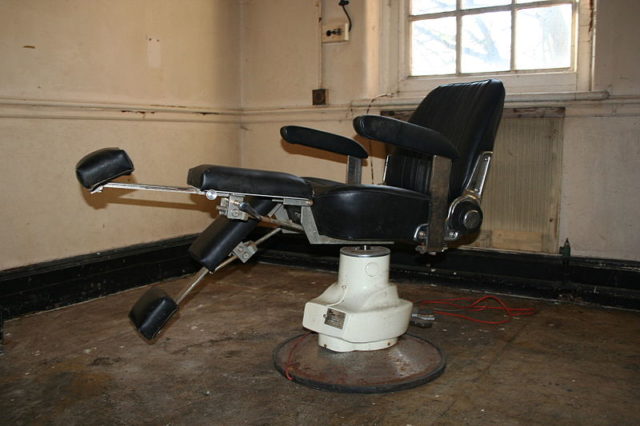
It was due to be opened in 1916, four years after construction began, but this was delayed by the lack of available labor and materials during World War 1. The main part of the building was completed and used as a Canadian war hospital from 1917. West Park Mental Hospital was officially opened to patients in 1921.
At first, the hospital was able to house 1730 patients, which was increased to 2000 with the completion of additional accommodation in 1924. The complex was built in a colony style, a progressive idea brought over to England from America. Buildings formed a horseshoe shape and wards were grouped to form small communities.
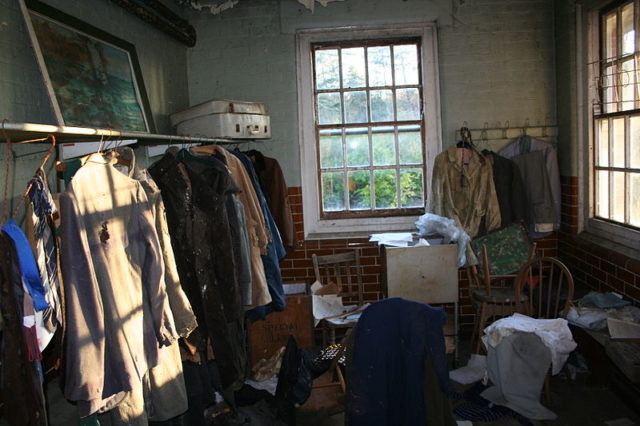
The self-contained complex included farm land where patients worked to provide food for the large kitchens and canteen. No patient can fully recover unless there is a place where they can have some fun and social interaction. And what better place there could be than the recreation hall, or even the hospital ballroom.
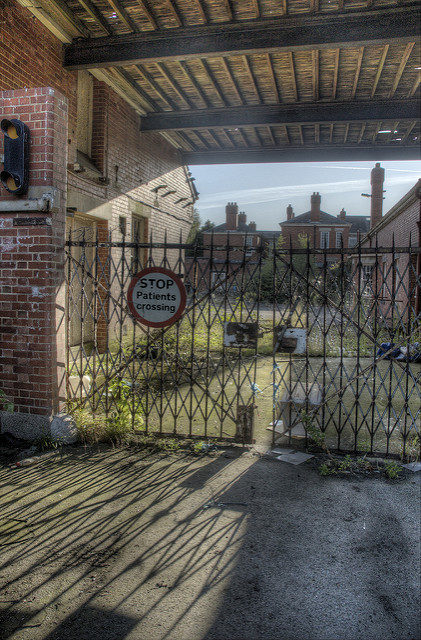
Sadly, almost nothing remains of the main recreation hall. It was destroyed along with Honiton ward in an arson attack on September 30, 2003.
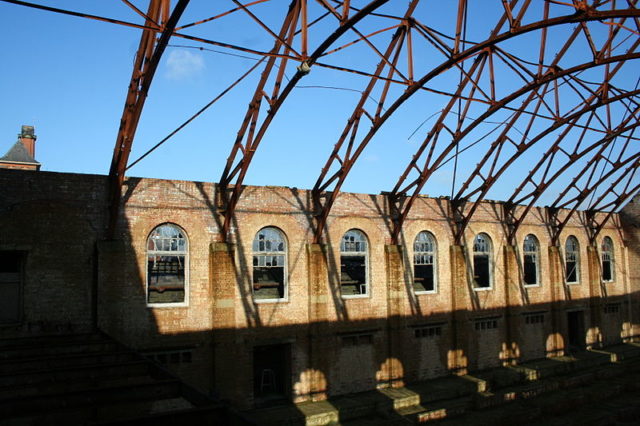
West Park Hospital was once served by Horton Estate’s own light railway. All of the tracks were removed in the 1950s leaving almost no evidence behind, except for a small portion around the central engineering block.
The sewing rooms and the main stores were to be found in the central block, whereas the other service buildings that include the chapel and mortuary were located by the entrance road. The staff housing was also to be found along this road.
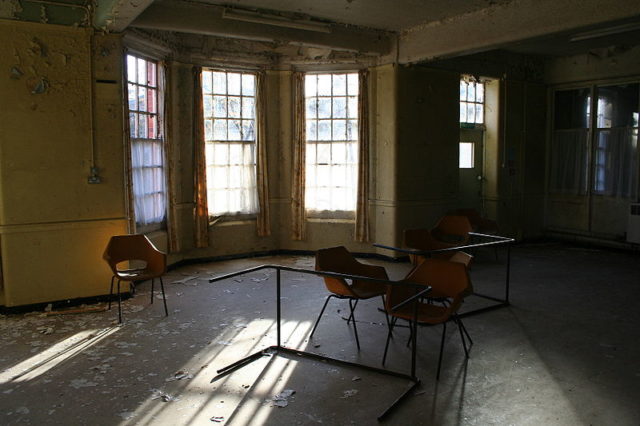
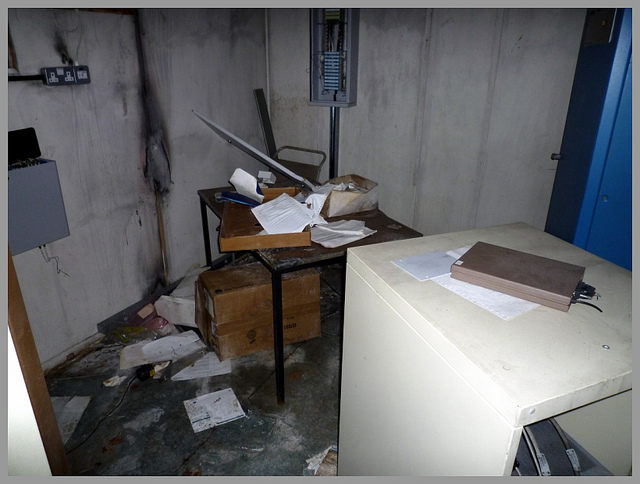
The hospital’s decline went rather slowly. It started back in the 1990s and ended in 2003. By this time, the hospital was already heavily damaged and derelict.
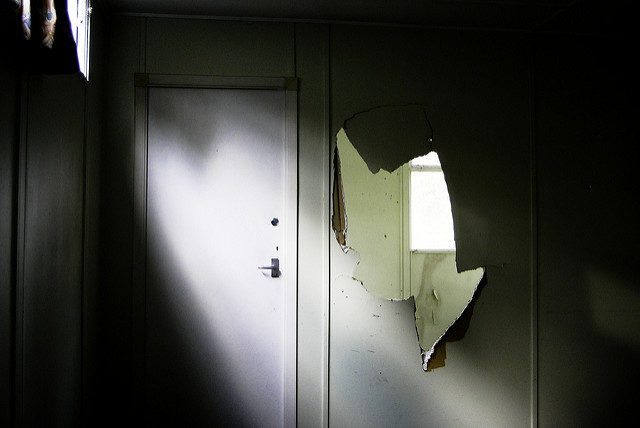
Because the hospital was closed in more recent times, a large part of the equipment remained untouched and still in place. This included kitchen equipment and many personal items. However, the most iconic relic that was left intact was the padded cell.
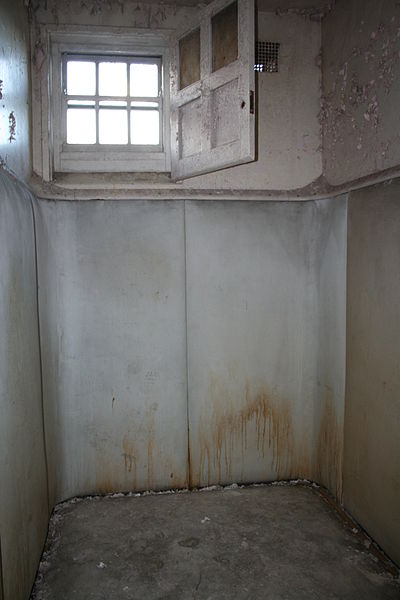
For a time, urban explorers came from all corners of the world to capture every last detail in a photograph, with the intention of trapping the moment forever. Redevelopment began in 2010, with a number of the original buildings being converted into apartments. The New Epsom and Ewell Cottage Hospital continues to function on the site under the NHS healthcare services.
